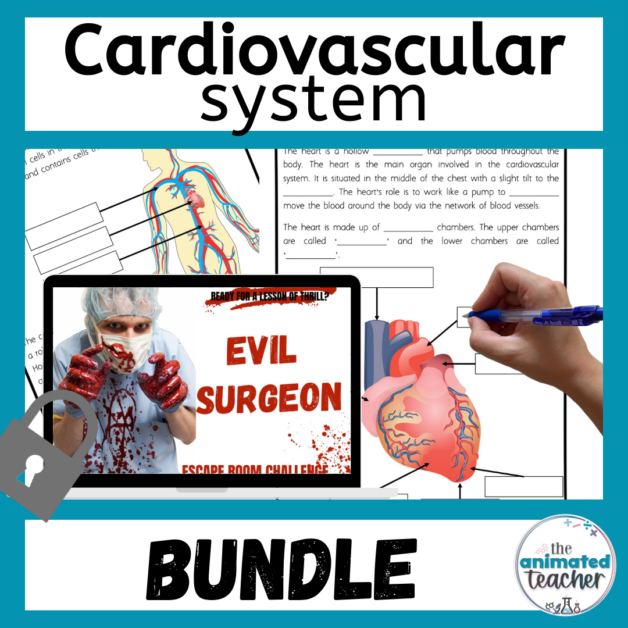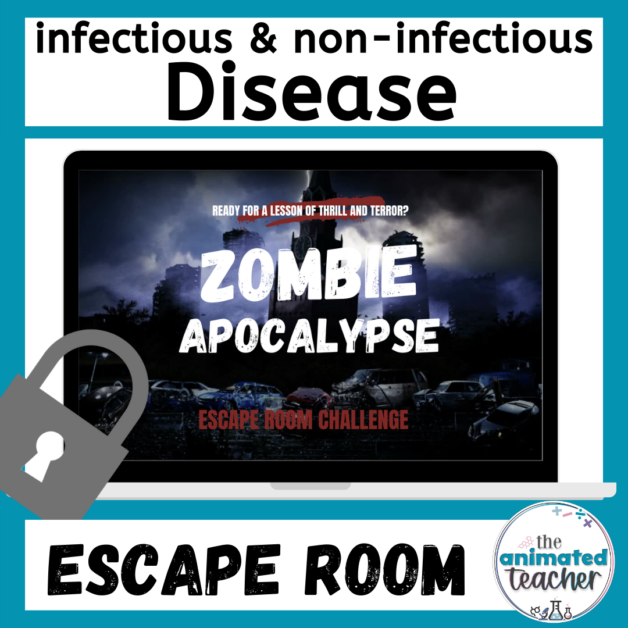Women in Education Leadership Conference – 4 helpful takeaways
This blog post is a little different from my others. Earlier this year I attended an online conference run by Janine Stratford called ‘The Leading Edge: Women in Education Conference’.
The conference was designed to provide personal insight and practical strategies specifically for women in education who are ready to take the next step in their career and progress into various leadership roles.
During the conference I learnt so much about my own leadership style and things I should watch out for and be aware of during my leadership roles. In this blog post I am going to share my key takeaways and some of the immense value I got out of the course.
Women in Education Conference

Disclaimer: This blog post, ‘Women in Education Leadership Conference’, may contain affiliate links. This means I may receive a small commission on qualifying purchases. This is of no extra cost to you and it helps me to continue writing awesome content for you! Read full disclaimer here. common teacher fearsNew Science Teacher Advice
If you are interested in doing this course and progressing your career I will put the details at the bottom of this blog post for you. I am not an affiliate for this course nor do I earn any commission from it – I am simply writing about it because I recognise the value it provided and I can wholeheartedly recommend it for any other woman wanting to progress their career in educational leadership.
A little about the presenter –
Janine Stratford
Apart from the insightful content (which I will get to soon), Janine Stratford’s experience and passion for helping other women achieve their leadership goals brings the course a high level of credibility. Janine is a Leadership Coach and Career Strategist with a particular passion for supporting women and school leaders across Australia and New Zealand.
Janine caters to people at all levels in the education profession whether they are aspiring, stepping into leadership, or experiencing challenges in a new or current leadership role. Her focus is to support leaders in being role models for others, to lead with clarity and confidence and being both consistent and considered in their approach and interactions.
Janine also assists educators to realise their career aspirations through strategically planning their next steps to bring their goals and future plans to life. She critiques applications and CVs and prepares applicants for the interview process.
Her conference, ‘The Leading Edge: Women in Education Conference’ runs three times a year, in May, August and October.
Women in Education Conference
The Leading Edge:
Women in Education Conference
Part 1: Personal Branding
Personal branding was not something that was new to me – particularly as I have my own business. However, I had not considered it in my own school context.
Whether you realise it or not, you have your own brand. This is how other people perceive you – not how you perceive yourself.
Your brand is built on how you interact with others, what conversations you choose to participate in in the staff room, what your teaching strengths are, your relationship with students, and your attitude towards the school, leadership team and colleagues.
By working on your individual brand you will increase your influence within your workplace, enhance your reputation and therefore open up new opportunities.
Even if you are not yet ready for a leadership role, by working on your personal brand now, you will ensure that when the time is right, you already have a strong reputation which will enhance any applications you make.
While I liked to think I had a strong personal brand, Janine helped me to realise that there was definitely a lot of room for improvement. This involved me considering what I wanted to be known for in the school. Did I want to be known for my innovative use of technology? Or my wide range of differentiation strategies? Or my skill as a new teacher mentor? In addition to this, I really thought about how my conversations in the staff room were being considered. Am I complaining a lot? Am I someone who adds to a positive vibe in the staff room? Am I perceived as someone who helps others?
Having a focus area has helped me to put effort into the areas that matter in order to strengthen my personal brand in my workplace.
My takeaway:
A big takeaway I got from this section was that if I don’t take control of my branding, then it will be decided for me by others and their perceptions of me – as perception is reality.
Women in Education Conference
Part 2: Knowing Your Leadership Style
The DISC model
As part of the Women in Education Conference, each delegate received a personalised 40 page booklet that delved into our behavioural characteristics, our position on the DISC model (which I will unpack shortly), the value we would bring to an organisation, our natural and adapted styles, our communication styles, time wasters, and driving forces. This booklet was the result of questionnaires we had completed prior to the conference.
I cannot even begin to go into the amount of insight and value this one booklet holds. It was both amazing and unsettling to see myself on paper! But it helped me to understand so much about myself and also about others.
The DISC model
The DISC model is a way of understanding the four personality styles that exist, particularly when it comes to leadership. This model was initially proposed by psychologist William Moulton Marston in the 1920s. DISC is an acronym for the behaviours of these personality and leadership styles.
D = Dominance
I = Influence
S = Steadiness
C = Conscientiousness


A dominant leader is ambitious and decisive but can come across as being aggressive and demanding when stressed.
An influential leader is sociable and enthusiastic, but can come across as easily distracted or impulsive when under pressure.
A steady leader is stable and consistent though can be seen to be resistant to change or stubborn.
A conscientious leader is very detailed and systematic in their approaches to work, but can also be seen as being hard to please or critical of others.
The Women in Education Conference went through each of these leadership styles and how to navigate them personally and also in respect to others.
My takeaway: My leadership style is primarily Influence and Steadiness. Understanding this helps me to be aware of how my leadership style is perceived by others and what areas might be time-wasters for me. Women in Education Conference
Part 3: How to communicate with other leadership styles
Even if you aren’t aspiring to become a leader, understanding how to communicate with colleagues who have different leadership and communication styles is eye-opening.
While I thought of myself as a good communicator with excellent interpersonal skills, this session really helped me to understand where the other person was coming from and how to adapt my own responses in order to get the most out of the interaction. For example, to communicate with a Dominant leadership style, it is important to be clear, specific and to the point, and to avoid chit chat and rambling.
My takeaway: Spend time identifying which leadership style others have. Consider how to best communicate with them. Women in Education Conference
FREE RESOURCES FOR TEACHERS
Part 4: Getting yourself application ready
This part of the conference was excellent as Janine had some wonderful guest speakers. After their presentations she also had some guests take part in a type of mock interview process. This involved us being in small groups of 3 or 4 with one of the presenters and we took turns answering interview-style questions. We then received feedback from the presenter and our peers. It was a vulnerable but rewarding experience and I am so glad that we were able to have that experience before going in for a real interview.
Janine also taught us how to use the STAR format to ensure our interview answers were clear, concise and actually answer the question. The STAR method is as follows:
S – Situation: What was the situation?
T – Task: what were you trying to achieve?
A – Action: What did you do?
R – Result: What was the outcome?
Apart from ensuring we answer the question fully, using this format also helps to keep us on track during an interview and avoid unnecessary rambling.
My takeaway: Practise interview-style questions before any interview. Think about situations in which I have solved problems before the interview in preparation. Women in Education Conference
Conclusion
The best thing about ‘The Leading Edge: Women in Education Conference’ is how personalised it was for me. I walked away knowing exactly what my leadership style was, what challenges I am likely to face and how to combat them, and what strengths I have and how to utilise them.
While many conferences provide a one-size-fits-all approach, this conference was completely different. It was tailored to me which meant that I walked away with immense value and useable strategies.
Want to attend the Women in Education Conference yourself? Click here for conference details and registration. In 2023 her face-to-face conferences will also be returning with one in Melbourne and one in Brisbane.
Connect with Janine Stratford here:
LinkedIn: linkedin.com/in/janinestratford
Email: janine@coachingfocus.com.au
Women in Education Conference











0 Comments